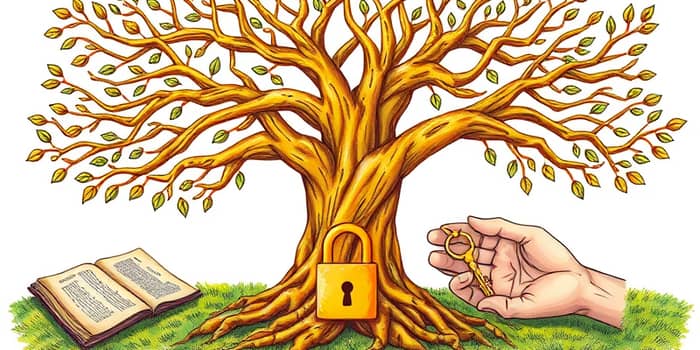
As we move into 2025 and beyond, the landscape of wealth transfer and tax law continues to evolve. Proper estate planning remains the cornerstone of ensuring your family’s future, preserving your values, and protecting hard-earned assets.
Whether you are just beginning to accumulate wealth or managing a substantial fortune, a cohesive plan can provide clarity, reduce uncertainty, and deliver peace of mind.
At its heart, estate planning is about more than signing documents. It is about crafting a roadmap that ensure your assets are transferred according to your wishes. From modest estates to high-net-worth portfolios, effective planning can minimize taxes and protect loved ones from undue financial burdens.
Several foundational documents form the backbone of any robust plan. Each serves a specific purpose and should be regularly reviewed to reflect changes in law and life circumstances.
With the rise of online financial platforms and cryptocurrencies, digital estate planning is crucial. Detailed instructions for accessing and distributing digital assets can prevent confusion and ensure nothing is overlooked.
Key tax thresholds for the 2025 estate and gift tax year have significant implications for your plan. Understanding these numbers helps you act before deadlines and maximize benefits.
Without Congressional action, exemptions would revert to roughly $7 million per person in 2026. However, the July 2025 OBBBA law trust funding and irrevocable options permanently raised the exemption to $15 million per individual, indexed to inflation.
Another critical change is the inherited IRA 10-year rule. Most non-spouse beneficiaries must fully distribute inherited IRAs within ten years, with complex minimum distribution requirements starting in 2025.
Given this uncertainty, families are urged to review plans now, before potential legislative shifts affect their transfer strategies.
Ensuring that account titles and beneficiaries align with your overall plan can annual gift tax exclusion usage and prevent unwanted probate. Regularly re-titling property and confirming insurance and retirement beneficiaries are up to date is essential.
Gifting within IRS limits reduces your taxable estate while supporting heirs. With a $19,000 per-recipient exclusion in 2025, couples can transfer up to $38,000 each year per person tax-free. Over five years, that adds up to significant wealth shifts.
For larger transfers, irrevocable trusts can remove assets from your estate while still providing direction over distributions. Intrafamily loans offer another flexible tool, enabling heirs to invest or start businesses at below-market interest rates.
Charitable strategies, such as gifting appreciated securities, avoid capital gains taxes and may generate income tax deductions. Establishing charitable remainder trusts or donor-advised funds allows you to support causes near to your heart while leaving a legacy of generosity.
In the investing realm, tax-efficient investing for generational growth includes techniques like tax-loss harvesting. Realizing losses to offset gains helps preserve wealth within taxable accounts and enhances long-term performance.
Above all, open communication with your heirs fosters understanding, reduces conflict, and empowers family members to carry out your vision. Discussing plans openly can reveal opportunities for lifetime support, such as education funding or entrepreneurial backing.
For estates exceeding $10 million, the 2025 exemption ceiling is a pivotal deadline. Families should model various exemption scenarios, considering possible 2026 reductions without legislative intervention.
Key questions for affluent households include:
Professional guidance becomes indispensable when designing sophisticated techniques like grantor retained annuity trusts (GRATs), dynasty trusts, or family limited partnerships. These vehicles can optimize tax outcomes while preserving intergenerational wealth and governance.
By following this structured approach, you can plan with confidence and clarity. Timely reviews and proactive adjustments will ensure that changing laws and life events do not derail your objectives.
Estate planning is a living process. Embrace periodic check-ins, remain aware of tax-law shifts, and communicate openly with your advisors and family. In doing so, you will create a lasting framework that secures your legacy, honors your values, and protects generations to come.
References













